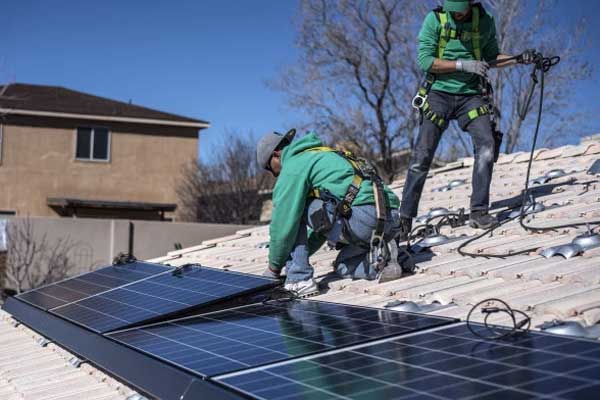Ohio — Solar FlexRack announced that its Series B Cast-In-Place (CIP) ballasted mounting solution has been installed in a 4.7 MW community solar project in Spanish Fork, Utah.
The project is managed by Utah Municipal Power Agency and represents the largest landfill solar project in the state. Prometheus Power, a top solar development, engineering, and finance firm in the region, built this project on a 27-acre landfill site that was unusable for commercial development. This is Solar FlexRack’s first project in Utah and is expected to be operational in summer 2021 and generate enough clean energy to power nearly 3,000 homes.
There has been a nearly 80% increase in landfill solar projects built in the U.S. over the past five years. However, landfills converted to solar generally do not allow penetration in the site’s land surface, as mounting and foundation technology must be adaptable, reliable, and lighter to meet all site regulations.
“With a trajectory of growth laid out for Utah by legislative and regulatory bodies, we look forward to supporting the efficient and cost-effective execution of more renewable energy projects in the state,” said Steve Daniel, EVP of Sales and Marketing at Solar FlexRack. “EPCs, developers, project owners, and utilities can depend on our robust project support services and reliable technology to mitigate risks and maximize savings for their projects.”
“We are pleased to work with Solar FlexRack, who provided cradle-to-grave project support as well as the precise, high-quality mounting product required to execute our vision for this impactful landfill solar project,” said Brok Thayn of Prometheus Power.












Comments